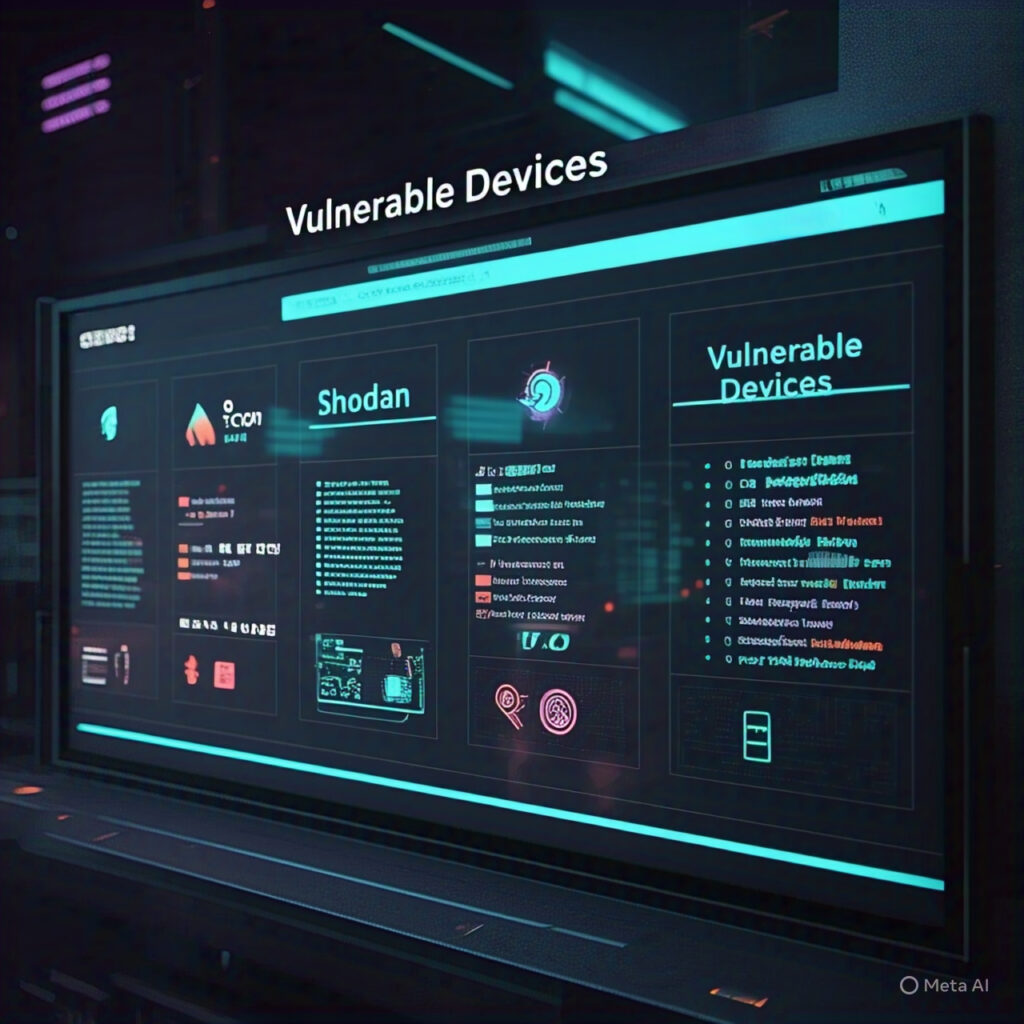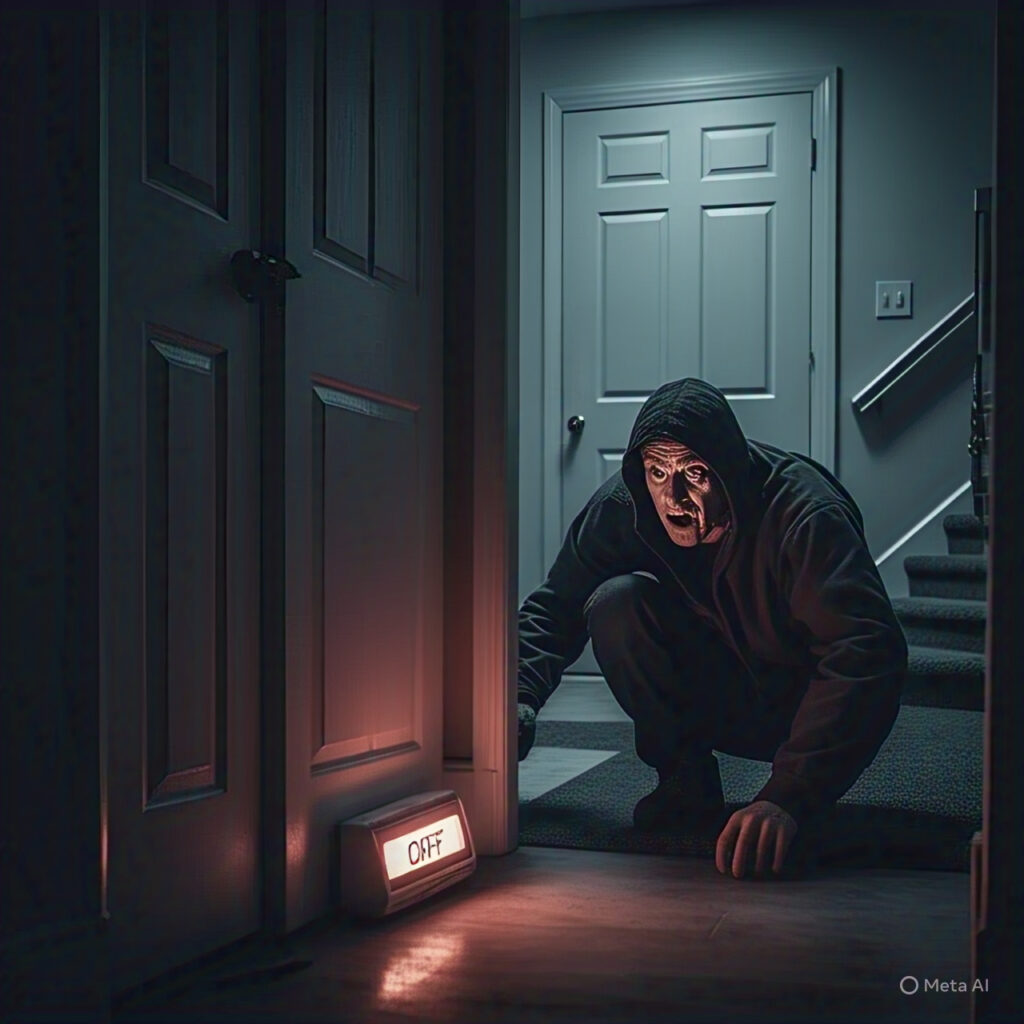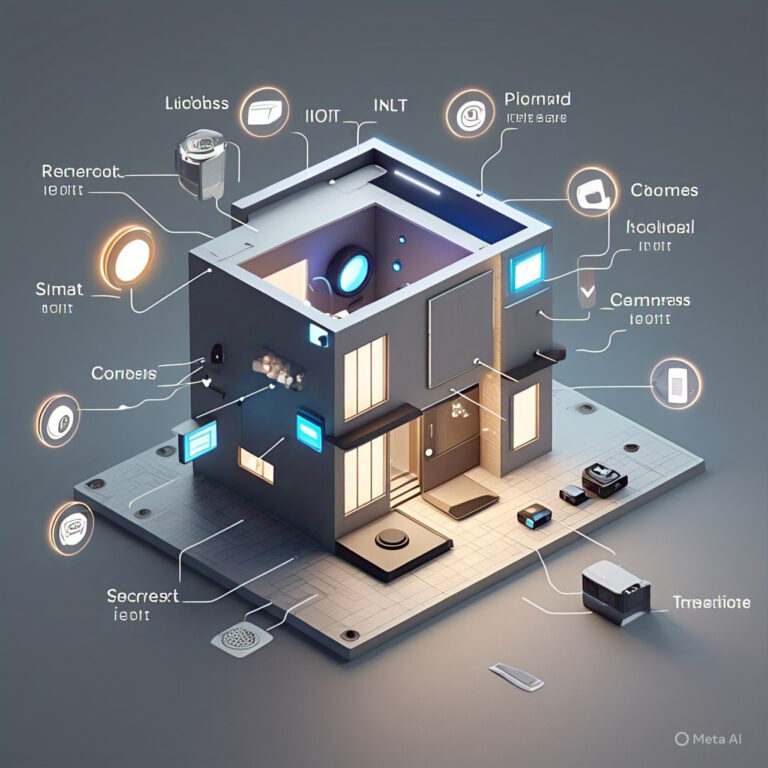Please Stop Exposing Your IoT Devices on the Internet — Your Smart Light Might Betray You
Ever thought a lightbulb could snitch on you? No joke — your smart light, baby monitor, or even that voice assistant you casually ask about the weather could be selling you out.
Is this something you want to search the entire internet for, analyze it, and separate it from everyone else?
Well, after analyzing everything across the internet and gathering real-world insights, the Bhussan.com team shares this friendly, helpful article to open your eyes — and help you lock your digital doors.
What Exactly Is an IoT Device?
Before we dive into the threats, let’s make sure we’re on the same (Wi-Fi) page. An IoT device (short for Internet of Things) is any gadget that connects to the internet but isn’t a traditional computer or phone. Think:
-
Smart TVs
-
Smart thermostats
-
Smart locks
-
Fitness trackers
-
Refrigerators that tell you when your milk’s expired (seriously!)
These things are convenient, but here’s the kicker: they’re often designed with weak security or none at all.

Why You Should Be Worried About Your Smart Light
Let me tell you a story.
A guy bought a fancy smart bulb that let him change colors from his phone. Cool, right? A few months later, someone hacked into his Wi-Fi, snooped around, and accessed his home security system. All because the light was exposed online.
Scared? You should be — because it’s not rare. Here’s what’s at risk:
-
Hackers accessing your home network
-
Spying through cameras and microphones
-
Tracking your routines and movements
-
Using your devices as part of a botnet (to attack other systems)

How Hackers Exploit IoT Devices
IoT devices are usually plug-and-play, but most people never change default usernames and passwords. That’s like leaving your front door wide open.
Here’s how attackers get in:
-
Shodan: A search engine for internet-connected devices. Hackers use it to find exposed devices.
-
Default credentials: Many people never change “admin/admin.”
-
Outdated firmware: Unpatched software opens the door for known exploits.
-
Open ports: Devices often expose services (like HTTP, Telnet) without protection.

What Happens When They Get In?
Once in, attackers can:
-
Steal personal data
-
Spy on conversations
-
Launch DDoS attacks from your network
-
Lock you out of your own devices

Real-World IoT Horror Stories
-
Mirai Botnet (2016): Took down major websites by hijacking thousands of smart cameras and routers.
-
Smart Baby Monitors: Hackers yelling at sleeping infants. Yes, that happened.
-
Wi-Fi Light Bulb Breach: Researchers cracked a bulb to gain access to a whole network.
This stuff isn’t sci-fi — it’s happening.
How to Protect Your IoT Devices
You don’t need to be a tech genius. Just follow these steps:
1. Change Default Credentials
-
Use strong, unique passwords
-
Enable 2FA if supported
2. Create a Separate Network
-
Use a guest network or VLAN for all IoT gadgets
-
Keep it isolated from your phones/laptops
3. Disable Unused Features
-
Turn off remote access, UPnP, and voice commands unless needed
4. Regular Firmware Updates
-
Always install the latest security patches
-
Set updates to automatic if possible
5. Use a Firewall or VPN
-
Block unnecessary ports
-
Use a VPN to access devices securely

Best Security Tools for IoT Homes
| Tool | What It Does | Free/Paid |
|---|---|---|
| Fing | Scans your network for IoT devices | Free |
| Pi-hole | Blocks ads + trackers at the network level | Free |
| Firewalla | Monitors & protects home networks | Paid |
| NordVPN | Encrypts IoT traffic (via router) | Paid |
Pros & Cons of IoT Devices
| Pros | Cons |
|---|---|
| Super convenient | Security risks |
| Saves energy/money | Needs constant updates |
| Remote access | Privacy concerns |
| Smart features | Can be used in cyberattacks |
FAQs (30+)
-
What is an IoT device?
-
An internet-connected gadget that isn’t a traditional PC or smartphone.
-
-
Why are IoT devices risky?
-
They often have weak security and open connections.
-
-
Can a hacker access my smart camera?
-
Yes, if it’s exposed online or has weak credentials.
-
-
What is Shodan?
-
A search engine for finding unsecured connected devices.
-
-
Do I need a separate network for IoT?
-
Yes, it limits damage if something is breached.
-
-
Can IoT devices spy on me?
-
If hacked, yes — especially cameras and voice assistants.
-
-
What’s a VLAN?
-
A virtual network that isolates devices for better security.
-
-
Should I update the firmware manually?
-
Yes, unless the device supports automatic updates.
-
-
What is UPnP, and should I disable it?
-
It allows devices to open ports automatically — disable it unless needed.
-
-
Can IoT devices be used in cyberattacks?
-
Yes, often as part of botnets.
-
What’s the best IoT firewall?
-
Devices like Firewalla or enterprise routers with advanced controls.
-
Can VPNs protect smart devices?
-
Yes, especially when installed on the router.
-
What happens if my smart lock is hacked?
-
Someone could unlock your door remotely.
-
How do I know if I’ve been hacked?
-
Unusual device behavior, slow internet, and unknown logins.
-
Are cheap smart gadgets less secure?
-
Often, yes — budget brands cut corners on security.
-
Is voice assistant data secure?
-
It depends on vendor policies and how well you secure your network.
-
Can hackers use my lightbulb to spy?
-
Not directly, but they can use it as an entry point.
-
Is Zigbee more secure than Wi-Fi?
-
Zigbee can be more isolated, but still needs good configuration.
-
What is a botnet?
-
A group of hacked devices was used to launch attacks.
-
How do I disable remote access?
-
Via your device’s app or admin interface.
-
Are smart fridges a threat?
-
Yes, if connected online and unprotected.
-
Should I use encryption for IoT?
-
Yes, via VPN or secure HTTPS apps.
-
Can kids’ toys be hacked?
-
Sadly, yes — many Bluetooth or Wi-Fi toys lack encryption.
-
What is device fingerprinting?
-
Identifying your device based on its traffic and behavior.
-
Can my ISP see what my smart home does?
-
Yes, unless traffic is encrypted.
-
Do I need an antivirus for smart gadgets?
-
No, but you need router-level security tools.
-
Are there laws protecting smart home data?
-
Some, like GDPR, but enforcement is tricky.
-
How often should I audit my devices?
-
Every few months or after adding something new.
-
What’s the safest brand for smart homes?
-
Brands like Eero, Nest, Ubiquiti, and Apple prioritize security.
-
Can a smart TV be hacked?
-
Yes, especially if it runs outdated software or connects to open networks.
Conclusion
IoT devices can make life easier, but only if they’re locked down. Don’t assume your smart camera, thermostat, or lightbulb is secure just because it works.
Secure it like your digital life depends on it — because it does.
👉 Start by changing those passwords. Right now.

